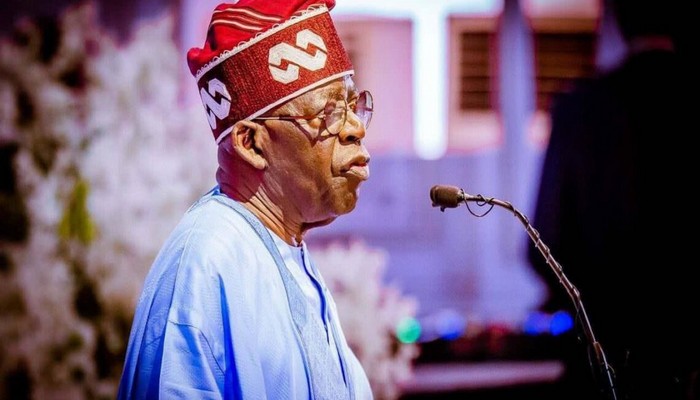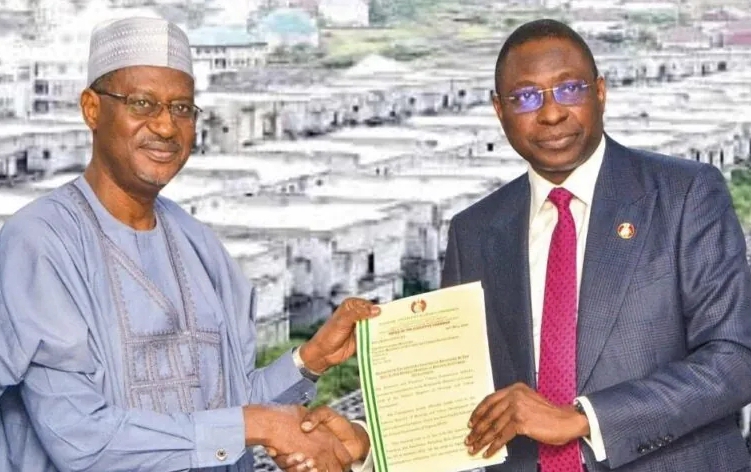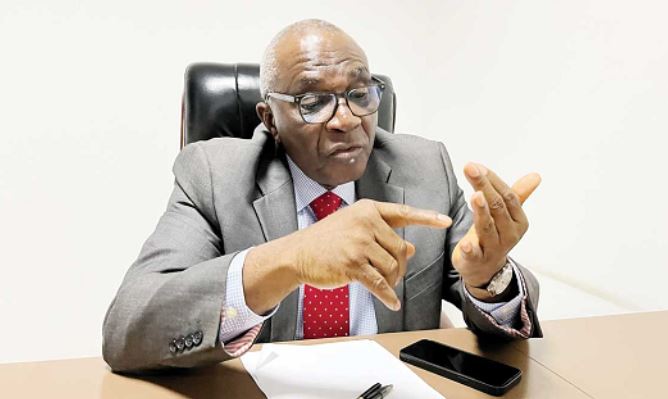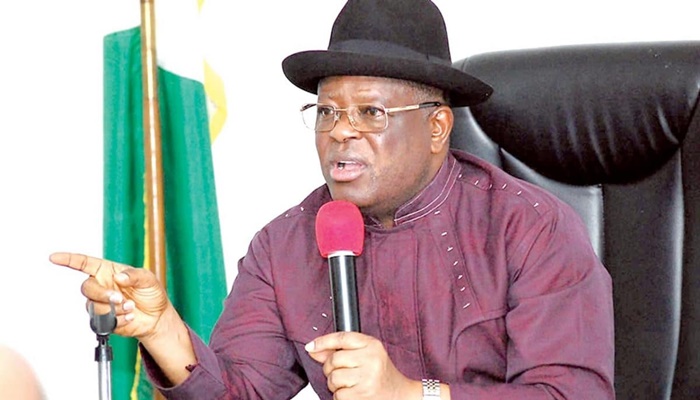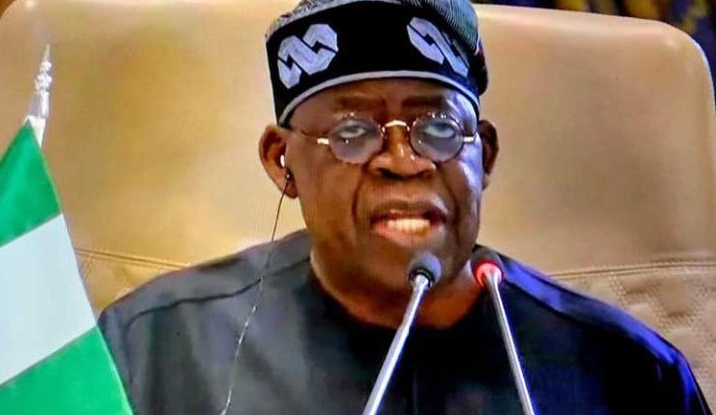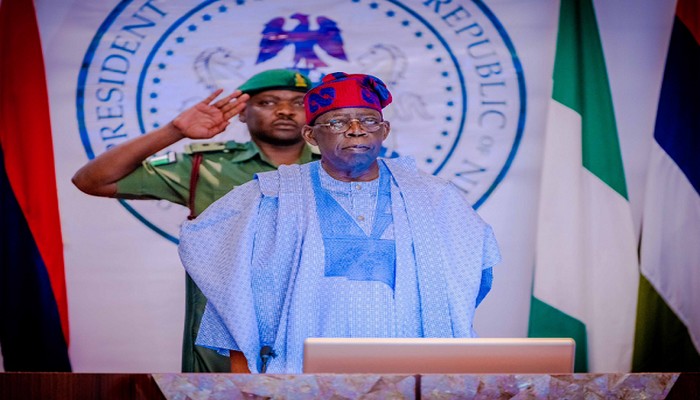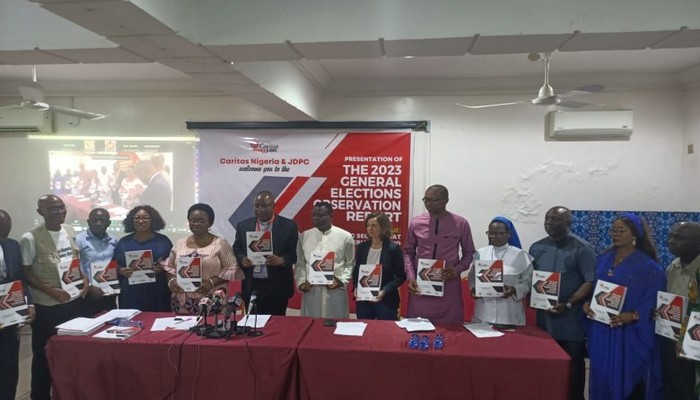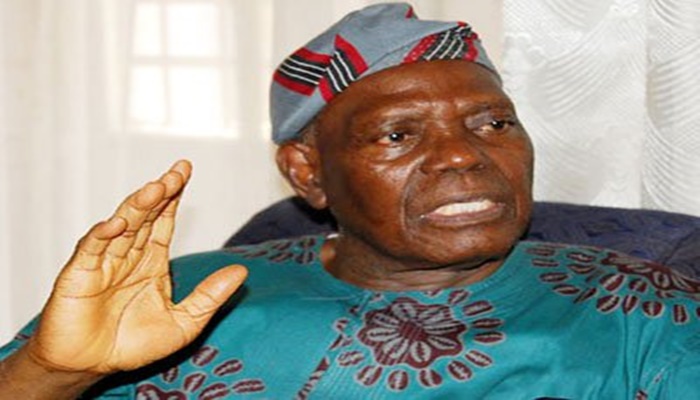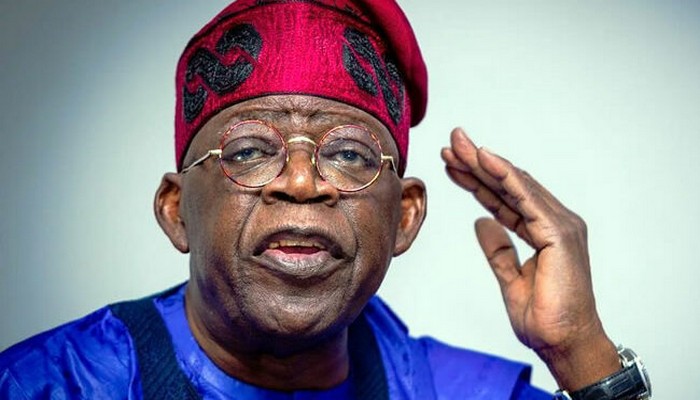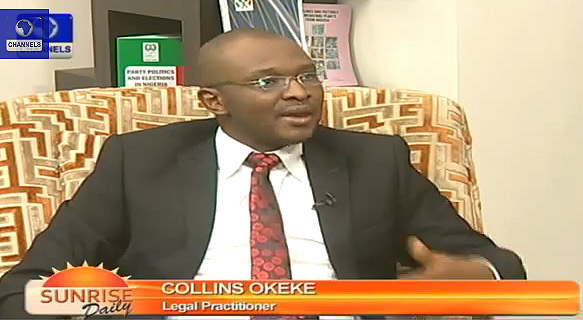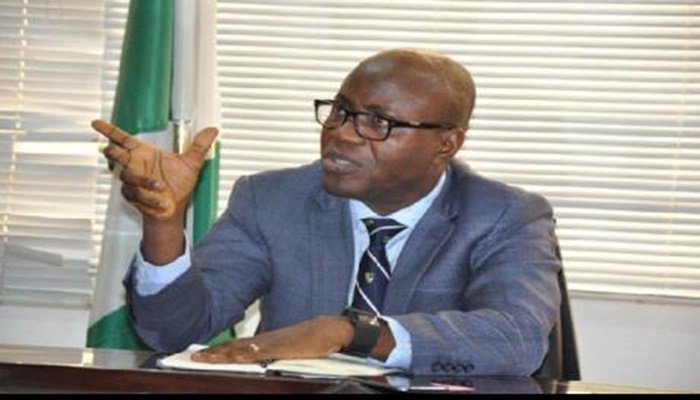The remittances of the Nigerian National Petroleum Corporation to the Federation Account dropped by N1.59tn within a five-year period, figures contained in the latest report of the Nigeria Extractive Industries Transparency Initiative have shown.
An analysis of NEITI’s Fiscal Allocation and Statutory Disbursement Audit report for 2012 to 2016 showed that the national oil firm remitted N2.38tn in 2012. This, however, dropped to N789bn in 2016.
“The NNPC’s net remittances to the Federation Account reduced from N2.38tn in 2012 to N789bn in 2016,” the report stated.
It further revealed that out of the N18.15tn total mineral revenue during the period under review, the NNPC remitted N8.62tn.
Other mineral revenue remittances came from the Department of Petroleum Resources, N3.8tn; and Federal Inland Revenue Service, N10.46tn.
The report stated that the NNPC’s remittances from mineral revenue were highest in 2012, while its joint venture cash calls were highest in 2014.
NEITI stated, “Out of the N18.16tn mineral revenues remitted in the period 2012 to 2016, the year 2013 accounted for the highest receipt of N4.73tn.
“There was a decrease in global oil revenues from 2015, which accounted for the decrease in mineral revenues from N4.68tn in 2014 to N2.89tn in 2015 and N1.65tn in 2016.”
A further analysis of revenue allocation and utilisation by states showed that some states invested considerably in infrastructure than others.
The statutory allocation and disbursement segment of the report focused on nine states and they are Rivers, Bayelsa, Akwa Ibom, Nasarawa, Delta, Ondo, Imo, Kano and Gombe states.
On revenues allocation and utilisation by the states, the report disclosed that Akwa Ibom received the highest total mineral revenue of N873.59bn among the nine states covered by the exercise.
This was closely followed by Delta that received N713.15bn, while Nasarawa got the lowest mineral revenue of N145.88bn, closely followed by Gombe with N155.22bn.
Imo and Ondo states received N190.42bn and N247.87bn, respectively.
Another important disclosure by the report was the trend of lingering heavy dependence on mineral resources among the states for their revenue inflows within the period under review.
“The states reliance on mineral revenue showed that between 40 and 73 per cent of the states revenue is from mineral resources,” the report stated.
Among the nine states covered by the exercise, Rivers and Bayelsa were the most heavily dependent on mineral resources.
“Rivers State had an aggregate mineral revenue percentage of about 73 per cent of its total revenue for the five years reviewed. Rivers State was followed by Bayelsa State with the second highest mineral revenue of 59 per cent,” it stated.
NEITI added, “With 32 per cent, Imo State became least overall dependent on mineral revenues.”
An analysis of expenditure patterns among the nine states showed that from 2012 to 2016, Akwa Ibom committed the largest amount of N 947.79bn to capital expenditure.
This was followed by Delta, which allocated N493.77bn to capital expenditure.
Nasarawa had the least with capital expenditure of N65.11bn, followed by Ondo with N138.67bn on capital expenditure.
Furthermore, Kano recorded N316.08bn as capital expenditure within the period under review, while Bayelsa spent N335.83bn on capital expenditure.
Imo and Gombe states spent N191.34bn and N148.338bn on capital expenditures, respectively, within the period under review.
NEITI said it could not establish Rivers State’s capital expenditure because the state refused to cooperate with the audit review process.
“Analysis of the states’ capital expenditures in relation to their total revenue revealed Akwa Ibom and Kano as states with relatively good records of capital expenditures,” NEITI stated.
It noted that Akwa Ibom, for instance, spent 79 per cent of its revenue on capital in 2012; 62 per cent in 2013; 60 per cent in 2014; 54 per cent in 2015, and 48 per cent in 2016.
Kano State, according to the report, spent 34 per cent of its revenues on capital projects in 2012; 51 per cent in 2013; 49 per cent in 2014, and 61 per cent in 2016.
It further stated that the capital expenditure profile of the states substantially complemented their recurrent expenditure pattern.
-The Punch











